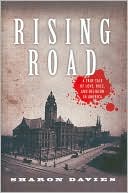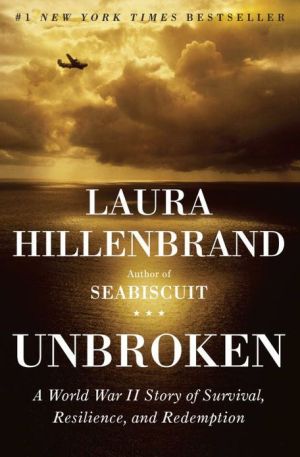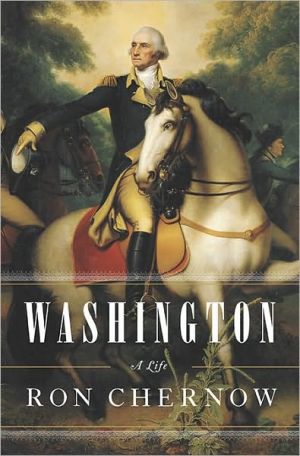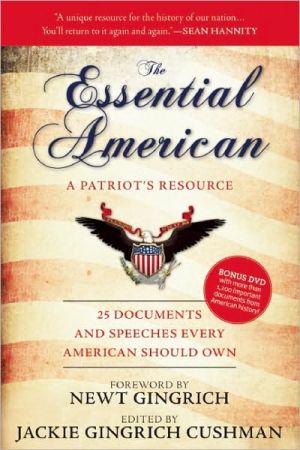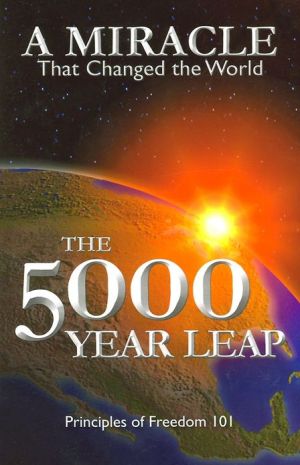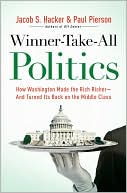Rising Road: A True Tale of Love, Race, and Religion in America
Search in google:
It was among the most notorious criminal cases of its day. On August 11, 1921, in Birmingham, Alabama, a Methodist minister named Edwin Stephenson shot and killed a Catholic priest, James Coyle, in broad daylight and in front of numerous witnesses. The killer's motive? The priest had married Stephenson's eighteen-year-old daughter Ruth—who had secretly converted to Catholicism three months earlier—to Pedro Gussman, a Puerto Rican migrant and practicing Catholic.Having all but disappeared from historical memory, the murder of Father Coyle and the trial of Reverend Stephenson that followed are vividly resurrected in Sharon Davies's Rising Road. As Davies reveals in remarkable detail, the case laid bare all the bigotries of its time and place: a simmering hatred not only of African Americans, but of Catholics and foreigners as well. In one of the case's most interesting twists, Reverend Stephenson hired future U.S. Supreme Court justice Hugo Black to lead his defense team. Though Black would later be regarded as a champion of civil rights, at the time the talented defense lawyer was only months away from joining the Ku Klux Klan, which held fundraising drives to finance Stephenson's defense. Entering a plea of temporary insanity, Black and his client used both religion and race—accusing the Puerto Rican husband of being "a Negro"—in the hopes of persuading the jury to forgive the priest's murder.Placing this story in its full social and historical context, Davies brings to life a heinous crime and its aftermath, in a brilliant, in-depth examination of the consequences of prejudice in the Jim Crow era. Publishers Weekly This is a reverse whodunit: we know who committed the crime but not—though we can guess—whether he’ll be convicted. Since it takes place in 1921 Birmingham, Ala., the story’s likely to involve race, gender relations, family authority, and religion, and not to be pretty. Davies, a professor of law at Ohio State, knows her way through the thickets of criminal proceedings and the ways of adversarial attorneys. She also mines trial transcripts for all they’re worth. One of the defense lawyers is none other than Hugo Black, later a Supreme Court Justice but here a supporter of the Klan, which he would soon join. When all is over, the murderer, a white Protestant, goes free after killing a Catholic priest and expressing, like most in the courtroom, just about every vulgar prejudice of the day. Davies leaves almost no detail unmentioned, when a novelist’s way of letting one fact stand in for many others would have made the story move more quickly. But this is an illustrative tale about its time, well worth the telling. 15 b& photos. (Feb.)
Introduction1. The Best Laid Plans2. A Parish to Run3. Until Death Do Us Part4. A City Reacts5. A Killer Speaks6. The Building of a Defense7. The Engines of Justice Turn8. Black Robes, White Robes9. Trials and Tribulations10. A Jury's Verdict Epilogue
